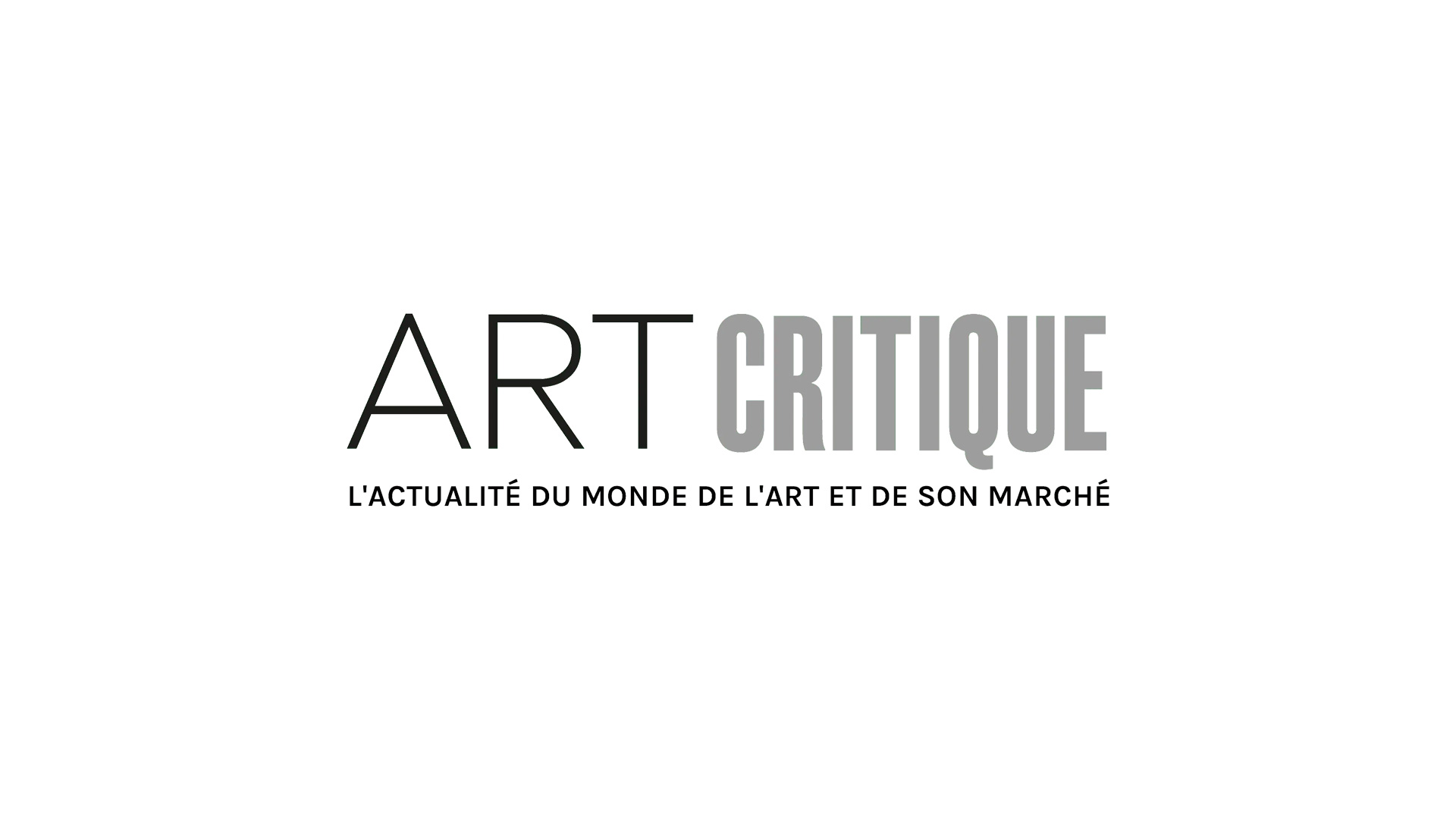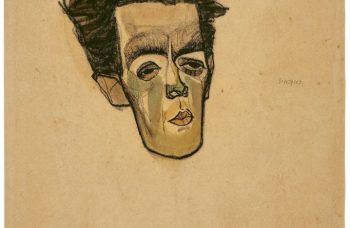European museums have consistently been tied up in issues of repatriation of artworks looted and taken from their home countries throughout history. The British Museum is one such museum housing artifacts and artworks from various places that were taken during many years of British conquest and empire.
In an effort to bring artifacts home, Nigeria has recently release plans for a new Benin Royal Museum which will begin this process, temporarily at least. On 19 October, in the Dutch city of Leiden, museum officials from Austria, Germany, the Netherlands, Sweden, and the UK agreed to lend Nigerian artworks and artifacts to their home country for three-year periods. These works will be part of a permanent display at the new museum.
The agreement, though it does not right the wrong of past generations and is not exactly repatriating the works, is certainly a nudge in the right direction as museums work to progress in this issue. The Benin Dialogue Group does not see the loans as an ‘endpoint in negotiations’ and Nigeria has not waived their claims to ownership. However, Prince Gregory Akenzua (Engoie of Evbobanosa) of the Benin royal family stated that he is ‘happy that we are making progress in the effort to give our people the opportunity to once more access our heritage that was looted.’
This point is exactly what issues of repatriation revolve around: where the cultural heritage of countries should reside. As French president Emmanuel Macron stated concerning the return of African artifacts, ‘African heritage can’t just be in European private collections and museums.’ For many in countries that were once part of an empire, this is, though, the norm.
Artworks set to ‘come home’ to Nigeria include artifacts looted during the ‘punitive expedition’ by British troops to take Benin in 1897. During the expedition, troops looted the royal palace taking what is estimated to have been over 4,000 pieces. The treasures taken range from bronze reliefs to carved ivory. Artifacts from Benin have found their way into well-known institutions including London’s British Museum and the Metropolitan Museum of Art in New York. This includes what are now known as the Benin Bronzes which often sit in the crux of repatriation issues.
This announcement has received praise and criticism. It is a step in the right direction, as stated by Prince Akenzua, however some critics believe it is not enough. Also, critics are concerned that such agreements will dismiss talks of repatriation. Christian Kopp, from the Berlin Postkolnial, has recognized the proposal as ‘shameful power politics’ stating that European museums should be asking for loans after the restitution of artifacts.
The world will be watching as negotiations concerning the Benin Dialogue Group and various countries continue to reach agreements for the temporary return of artifacts. The group will meet again in 2019 in Benin City, Nigeria and then at the British Museum in London in 2020 ahead of the 2021 opening of the Benin Royal Museum.





